On the surface, SXSW is an absolutely optimistic event. The sheer quantity of activity in Austin, from start-up pitches to discussion panels, exhibitions and working sessions, demos of the latest experiments with emerging technology and not to mention the music…walking around, you can’t help but grin and be inspired by the enormous amount of creatives and developers all in one place, working on the designs and experiences of the future.
But digging a little deeper, there seemed a sense of anxiety among many attendees. The spectre of the current political climate in the USA hung heavy in the air. The notion that the technological innovations being made right now would have severe, negative implications for society was a talking point at many panels. An ever deepening fear of how uncertain the future seemed was difficult to ignore.
At the start of the year, my Tinnovation on design trends to look out for in 2017 included a section on how ethics would have a huge impact on the role of the designer, and SXSW proved to me that the creative community is taking wider social issues on board more than ever. Here’s my breakdown of the key ethical concerns that were the big talking points at SXSW 2017, how they’re currently being addressed, and how I think designers should be keeping them in mind.
Design and social good
One of the first panels I attended was held by fashion designer Gretchen Jones, a previous Project Runway winner who has recently launched Good Support, a collective of female creatives making products with an aim to bring awareness to civil engagement. This was one of many discussions on one of the broader themes of the festival; how design can encourage engagement with wider social issues.
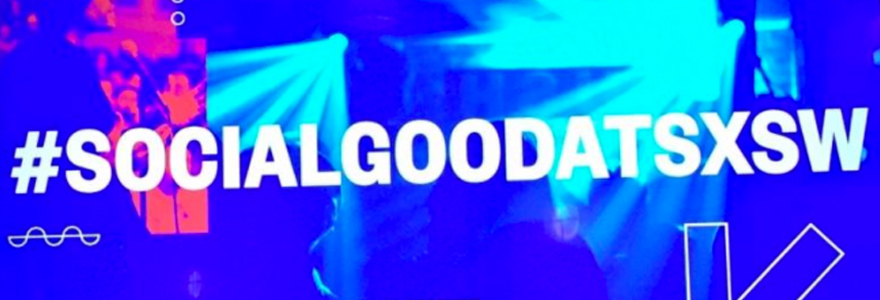
With a focus on millennial women and their buying power, her talk was rooted in the fashion industry and how the democratisation of fashion has lead to unsustainable methods of production. Her main argument was that sustainability was a women’s issue since women are the main consumers of fashion - and that we can be more ethically responsible as consumers through increased education and awareness about exactly how things are made. It was a great talk which highlighted how feminism has been commercialised in recent times - young women are keen to buy their slogan t-shirts, but are not always aware of the (often unethical) methods of production that brought it to the shelves.
One of the most interesting comments Jones made to me, however, was how business goals inevitably interfere with altruistic ambitions.
“When I first set out to start my collection, I was convinced all my products were going to be organic, everything sustainably sourced,” she said, “But going bankrupt taught me that, realistically, you can’t achieve everything you set out to.”
Compromise, small actions, discussion and working with local communities are the starting point if we want to be more socially conscious.
Jones’ emphasis on education and conversation was a sentiment that was also alive at the SXSW Social Good Hub, a fantastic space showcasing creative content featuring pop up art, installations, programming and special events ‘designed to make attendees think differently about the future of social impact.’
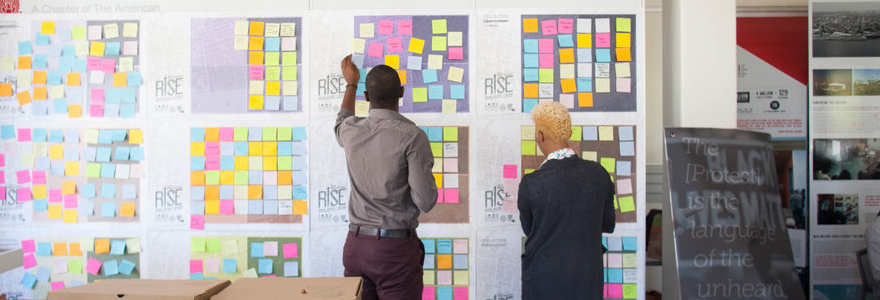
I attended a discussion here held by Bryan Lee Jr of the Design Justice Platform, who talked about the influence designers from all disciplines can have on generating conversation about civil engagement. His initiative, Design as Protest, aims to bring together community members, artists, activists, and designers together with the goal of using the built environment and physical spaces to address issues of injustice. Some of the case studies of work here were great, including a garden project that highlighted the injustices of solitary confinement in America’s prisons, to bedroom installations being built over spikes on London’s streets to combat the inhumane way governments are taking on the homelessness crisis. Lee himself works primarily with African-American communities and aims to use design to tackle unconscious biases both in wider society and within the design industry itself, which is an institution full of complex power structures.
As a designer, I found the discussion inspiring, an allegory for the Social Good Hub itself; it highlighted Design’s power to generate conversations about activism, and how conversation and education are at the root of any social change.
New technology and its impact on society
Alongside these sessions on creative agendas, the ethics surrounding the progression of technology was also a big talking point at SXSW. Innovations are being made in all fields, from robotics to AI to VR - but what impact could these innovations be having on society?
A talk on the current developments being made in robotics raised many moral issues regarding the current pace of change. ‘Beyond BB-8: When Robots Start Acting Human’ focused on how Deep Learning, a new wave of artificial intelligence research, is revolutionising the field by developing robots that learn by example, rather than being programmed.
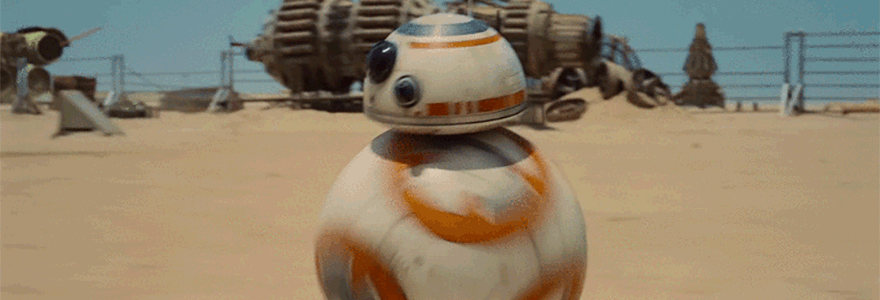
Throughout the discussion, the moral issue of creating a machine that behaves too similarly to a human was raised - will too much of the human workforce eventually be replaced by robots? The argument of this discussion, however, was that robots should enhance what humans can already do, rather than replace them altogether. Robin Murphy (Texas A&M University) works extensively with search and rescue teams, and stated it would be unethical not to use the kind of robots developed with Deep Learning in disaster relief - they act as important tools for rescue teams. The main takeaway was from David Fuller (KUKA) who stated that the key to successful and more ethically viable Deep Learning was having as diverse a team of engineers - the capacity of creativity in engineers must be as diverse as possible in order to achieve legitimate learning. The human component will always be a factor in any development of this kind.
‘Voice: The Invisible UI Nobody Speaks About’ also talked about the implications of Artificial Intelligence - this time, with a focus on brand engagement and the rise of audio interfaces such as Siri and Alexa. The talk raised an interesting point about how AI, particularly in audio interfaces, can only achieve so much in mimicking the human voice without dipping into the ‘Uncanny Valley’ - if AI tries to sound too human, it can sound disturbing. Do we even want machines that are indistinguishable from humans to be the goal of Artificial Intelligence? Perhaps not.
People (and consumers) still want a human connection, and audio interfaces expose far more than a Chat-bot message interface could - we can tell if a voice is human or not much more quickly. And we also take far more responsibility with our voices. While Microsoft’s recent AI experimentation on Twitter lead to a catastrophic meltdown thanks to internet trolls, Matt Harman (Betaworks) claimed that, in experiments on social networks with audio input and output, trolling decreased dramatically. It seems that in order to address moral concerns about the technology and interfaces of the future, it is important to make the human component as vital as possible.
Design for now - and for tomorrow
And the interfaces of the future are being designed as we speak. Virtual Reality experiences were everywhere at SXSW (including our own BandExplorer VR) and I went to several panels that focused on the developments being made in the field.
One of the most exciting VR experiences I saw there was an art instillation - a piece of speculative fiction created by the team of women at Hyphen-Labs. Entitled ‘NeuroSpeculative AfroFeminism’ the experience takes the user through a futuristic beauty salon with an aim to visualise a future world where women of colour are less marginalised by society.
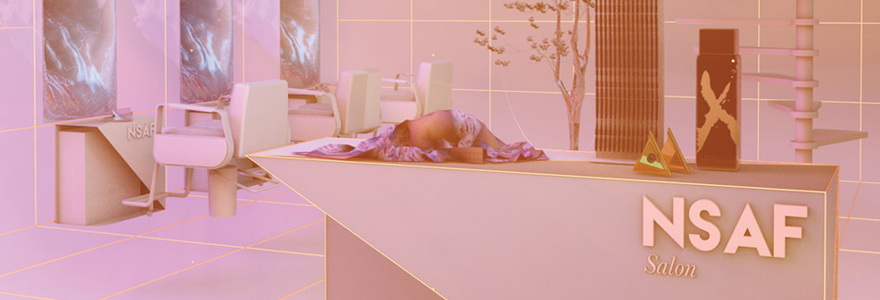
The accompanying panel ‘Sci-Fi by Design: The Speculative Revolution’ focused on the concept of Speculative Design - the goal of using fiction to design a future that the designer wants to see. Speculative Design, they said, is a way to manifest possibilities to prepare us for inconvenient challenges and facilitate a more desirable, responsible path into tomorrow. Ashley Baccus-Clark and the rest of the Hyphen-Labs team have used VR to create a visually rich (and extremely cool) science fiction experience in order to powerfully address the social issues of today.
On a more practical level, User Experience designers seem to be considering the users of the future as well as those using products now. ‘Designing for Mixed Reality: Focus and Context’ was a talk that championed Mixed Reality as the most important emerging technology at the present, and one of many important developments that is changing the way we think about UX. Sophia Yang (Massachusetts Institute of Technology) discussed how MR has the power to reconnect people with their physical environments but that these experiences can still be isolating. We should design with multiple users in mind with MR, and consider the people who aren’t directly using your product but are still experiencing it - UX for society, not just individuals.
“We have a responsibility as designers to think about the society we are shaping in the future” Yang argued. “Designing to delight isn’t good enough anymore.”
The arbitrary decisions we make as designers today could be the intuitive behaviour patterns of tomorrow. The main message of the panel was think broad - and design deep. No pressure then.
Where are we now?
So despite an aura of ‘doom and gloom’ among my fellow attendees, as well as legitimate concerns about the pace of change in society, the majority of panels I attended had a tone of optimism. The number of sessions on social impact was huge this year. More than just anger and concern, there was an even greater sense that the experiences being showcased at SXSW aren’t just being designed and built for the sake of it - they are keeping ethical issues in mind as well.
Change is inevitable. For me, one clear message emerged: we, as the designers of these products and experiences, are responsible for that change. And we can make changes for the better by making the right decisions now - as individuals, and as companies.
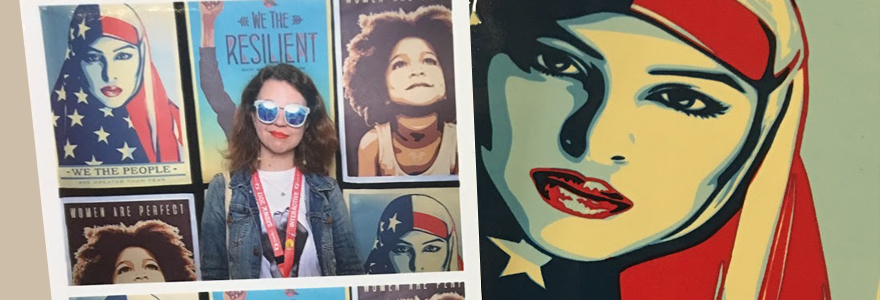
We live in a world where almost everything is somehow connected with a brand or presented to us via a brand or a branded platform. And much of the content we consume is enabled or enhanced by technology. This is the world in 2017: brand and technology are the two most important factors in the way we experience and make sense of the things around us.
TheTin is a Brand and Technology agency. Visit us at www.thetin.net